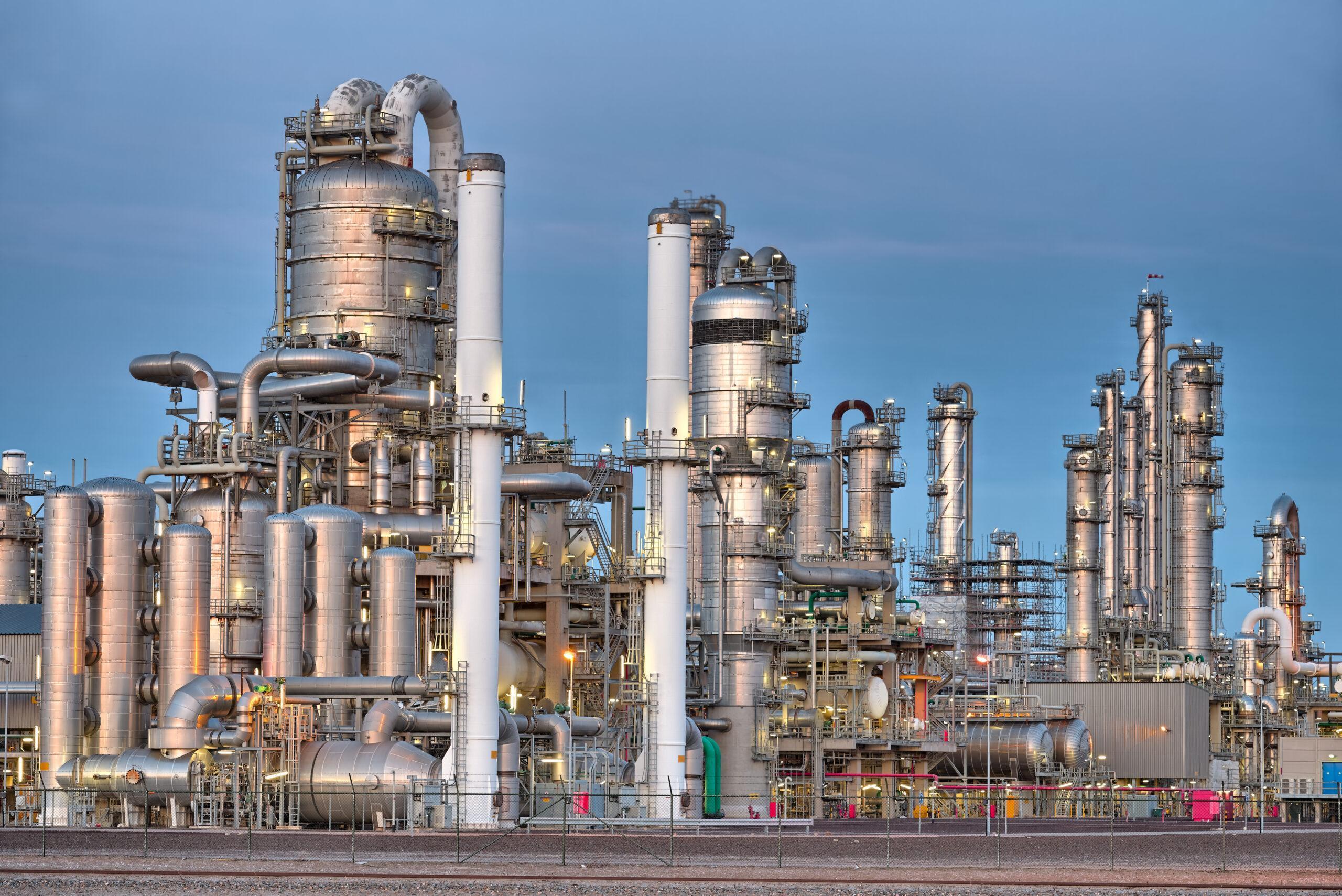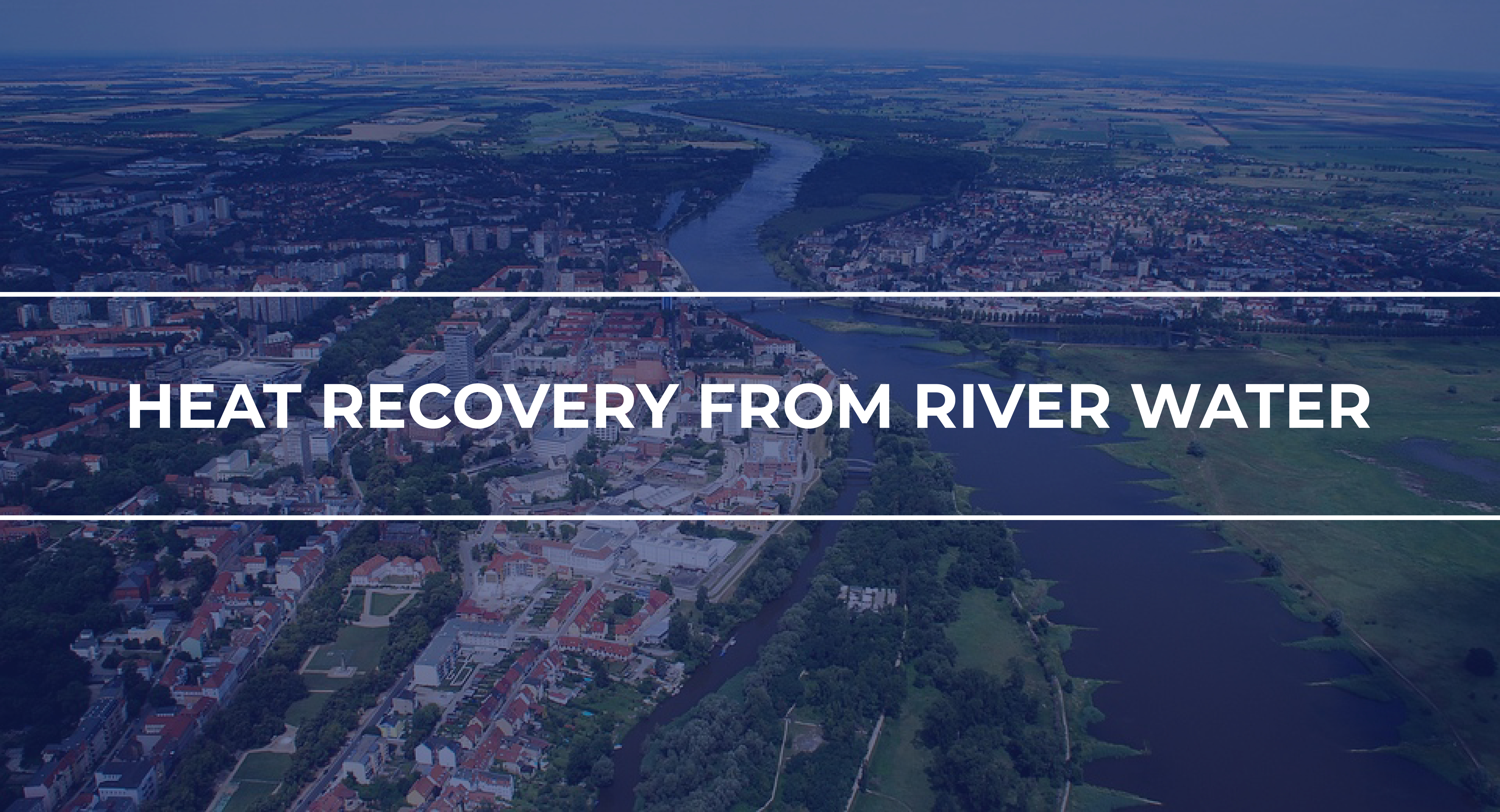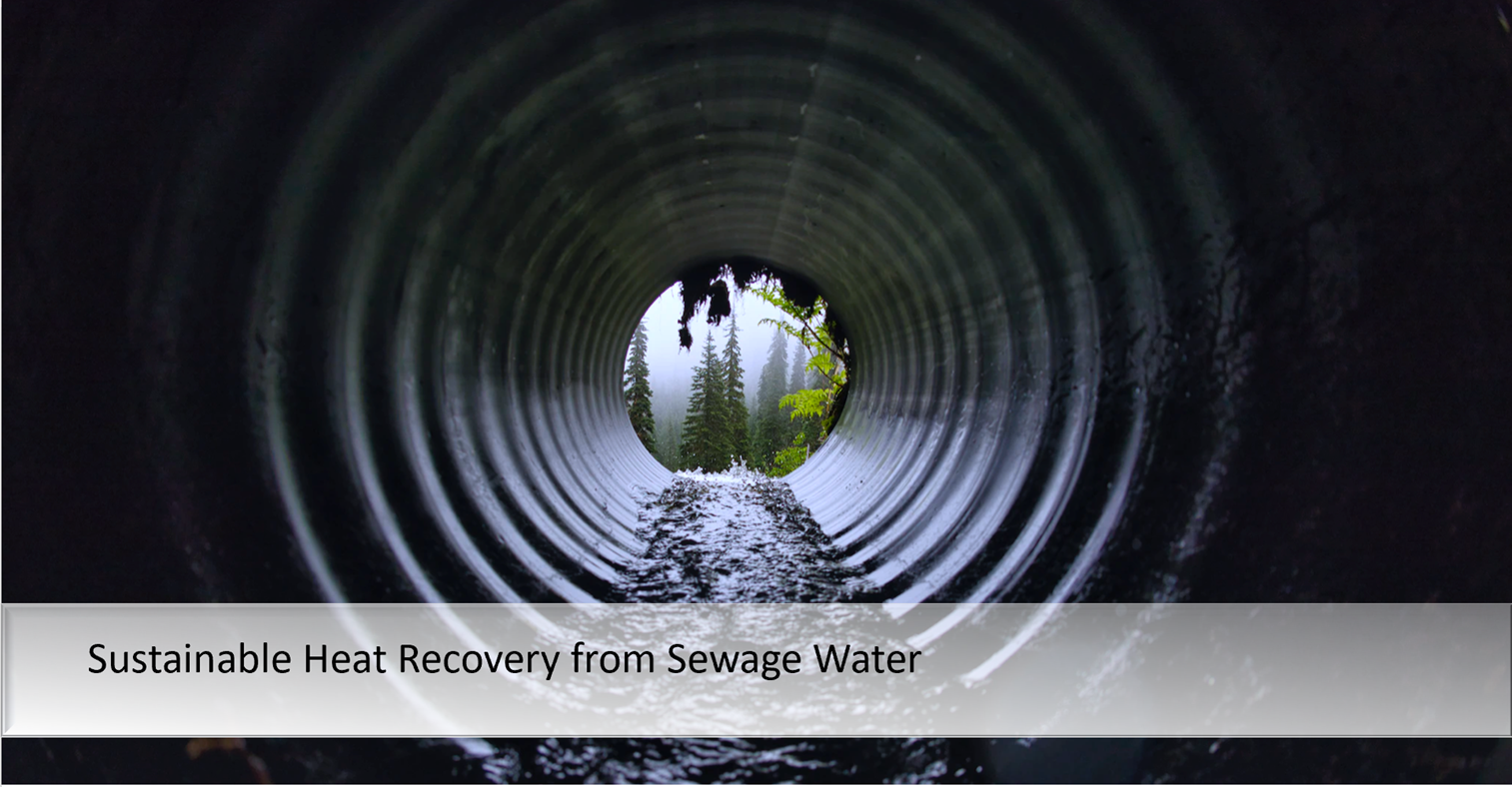Improving the energy efficiency is a need for various industries to reduce reliance on fossil-based fuels, reduce costs and at the same time reduce environmental impact by reducing greenhouse gas emissions. The recovery and use of waste energy is considered as a major option to achieve these goals.
Heat exchangers are one of the well-known and best techniques for recovering waste energy by transferring the heat of the streams (containing the waste heat) to the fluid that needs energy to warm up. However, heat exchangers are facing fouling during this operation that significantly impact the thermal and mechanical performance as it increases the overall thermal resistance and lowers the heat transfer coefficient of heat exchangers.
The KLAREN technology offers innovative solutions to prevent this issue. The

self-cleaning fluidized bed heat exchangers operates up to zero fouling. By using KLAREN technology, you can optimize the heat recovery of the unit and keep it constant at desired level. You would be able to significantly decrease the costs of fouling by using self-cleaning heat exchanger system.
Heat recovery from river water is a form of renewable energy that can be used for space heating and cooling purposes in buildings and industries or hot water production. There are several ways to recover heat from water, such as a heat pump, or a thermal storage system, both using heat exchangers.
The principle behind this technology is to extract the thermal energy from the water flowing in a river and transfer it to a heat exchanger. During the winter, the system extracts heat from the river water and transfers it to the building, while in the summer, the process is reversed, and the system uses the cooler river water to provide cooling.

Heat recovery from water has several advantages over other renewable energy sources, like solar or wind power. Firstly, water is a readily available and abundant resource, with many natural sources, such as rivers, lakes, and oceans. And it is a reliable source of energy, as rivers tend to maintain a relatively constant temperature throughout the year, which makes the system work efficiently even during the coldest winter months. Secondly, water has a high thermal capacity, which means it can store and transfer large amounts of heat efficiently, even though its temperature is relatively low. Thirdly, water can be used for both heating and cooling applications, making it a versatile energy source.
However, there are also some challenges associated with this technology:
- Water quality: The quality of river water can vary depending on the location and time of the year. It is crucial to monitor the water quality regularly to prevent any damage to the heat exchanger or other components of the system.
- Capital cost: The initial investment required to install a heat recovery system can be high. The cost of infrastructure, such as pipes and pumps, must also be considered.
- Permitting and regulations: Depending on the location and scale of the project, obtaining the necessary permits and complying with regulations can be time-consuming and costly.
- Maintenance: River water contains sediment, debris, and other pollutants that can clog or foul the system’s components. Regular maintenance and cleaning of the system are necessary to ensure its efficient operation.
- Freezing: Depending on the location the river water can get close to freezing point in the winter, which will make it more difficult or even not possible to extract heat from the water without causing freezing of the heat exchanger or heat pump used.
Overall, considering the advantages and challenges, heat recovery from water is a promising renewable energy source that can help reduce greenhouse gas emissions and promote sustainable energy use. It is a reliable and efficient technology that can be used in a wide range of applications, from residential buildings to large-scale industrial processes.
With the KLAREN self-cleaning heat exchanger technology, we can provide a solution for keeping the heat exchanger clean, preventing freezing or ice formation of the heat exchanger (heat transfer area) and providing an optimal and constant heat recovery.
Sewage water, rich in thermal energy, offers an abundant and continuous heat source that can be utilized for various applications. The temperature of sewage effluent often remains relatively stable, typically ranging from 10°C to 30°C (50°F to 86°F). Although this temperature range may seem modest, with the right engineering solutions, it can be a valuable heat resource.
Low-carbon heat recovery technologies, such as heat recovery from sewage using heat pumps, can play a vital role in sustainable energy solutions. This approach involves capturing heat from consumer-added sewage, which is then utilized for heating or cooling buildings.

As per the CELCIUS project https://celsiuscity.eu/clean-energy-from-sewage/ funded by EU, there are different technical solutions available for heat recovery from sewage water. Different types of heat exchangers are used in combination with various heat pump types. The heat exchanger system is an important factor to be able to utilize sewage water as a heating source and in its turn affects how efficient the heat pump will be.
Problems with fouling may occur while extracting heat from sewage water where waste build-up on the surface of the heat transfer surface will reduce the recovery of the available heat. To prevent such problems, it is important to evaluate and assess the fouling possibilities and implications as well as determine possible solutions to reduce the fouling.
KLAREN Technology is a perfect solution to achieve up to “zero-fouling” operations and extract heat from sewage water.

